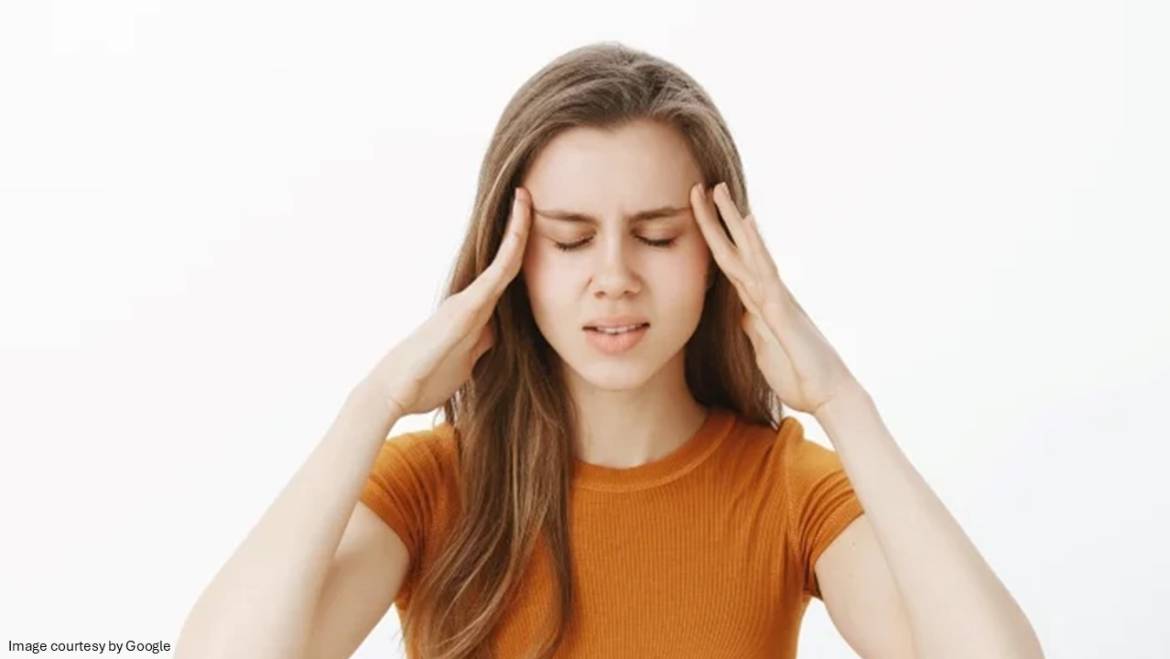According to WHO reports, about 30% of adults all over the world are affected with migraine. Nearly 1.7 to 4% experience headaches for 15 or more days per month. Headache disorders are a worldwide issue and are underestimated, under-recognized, and under-treated on a large scale all over the world.
Many people get confused when identifying migraines vs headaches. Migraine is more severe than normal headaches, and certain factors can trigger it. Common migraine headache symptoms are pulsating headaches that typically feel on one side of the head caused by overstrained blood vessels. In case of a severe migraine, the pain is so intense that it may last for hours to days. Besides a headache, a patient may suffer from sensitivity to light and sound, diarrhea, vomiting, nausea, stomach pain, or poor concentration. The pain occurs on one side of the head, but in severe cases, it can occur on both sides.
How does migraine trigger or what causes migraine headaches?
What triggers migraines may vary from person to person. Migraines are usually caused by abnormal brain activity, and many things can accompany and trigger it. Some common triggers include ongoing medications, environmental conditions, hormonal changes, food and drink intake, stress and anxiety, physical strain, and sleep issues.
If you are suffering from a migraine, the best thing you can do is to visit a health professional, as he/she can prescribe treatment after diagnosing your condition and the underlying causes. After determining your condition, your doctor can suggest changes you need to make in your diet plan and what lifestyle modifications you need to make to keep those annoying headaches at bay.
Types of migraines
There are several types of migraines, including:
-
- Migraine with aura – Also known as a classic migraine, this type includes a phase before the headache called an aura.
- Migraine without aura – Also known as a common migraine, this type doesn’t include an aura.
- Menstrual migraine – Migraines occur around a menstrual cycle, usually a few days before, during, or after.
- Migraine equivalent – A migraine aura that doesn’t lead to a headache.
- Complicated migraine – Migraines that cause symptoms like numbness, tingling, or difficulty speaking or moving after the headache ends.
- Abdominal migraine – Migraines that usually occur in children and cause stomach pain, nausea, and vomiting, but not a throbbing headache.
- Silent migraine – Also known as an acephalgic migraine, this type includes aura symptoms but no headache.
- Vestibular migraine – Migraines that cause balance problems, vertigo, nausea, and vomiting, with or without a headache.
- Hemiplegic migraine – Migraines that cause a short period of paralysis or weakness on one side of the body.
- Ocular migraine, Also known as retinal migraine, includes vision changes affecting only one eye.
How to stop migraines or migraine headache treatment
What to do for migraine relief depends on the approach you choose.
This guide will help you discover the most common do’s and don’ts that even the smart and savvy migraineurs don’t consider if not forewarned. Learn how to get rid of migraines, what helps migraines, how to treat migraines at home, migraine remedies, etc.
Here is a brief and practical guide for the modern migraine patient, including some do’s and don’ts. If you follow them, they can positively impact the quality of your life.

Do’s with Migraine
-
- Avoid triggers – Try to avoid things that trigger your migraines; identify the factors that trigger your migraine.
- Diet – Eat a well-balanced diet with healthy meals thrice a day. Note that missing meals or delaying meals is a common trigger for headaches. Moreover, consuming high-calorie beverages, such as energy drinks, sodas, etc., can also trigger your migraine. Drinking caffeinated beverages frequently is also not recommended.
- Exercise – A healthy lifestyle includes regular exercise and daily physical activity. Include at least 30 minutes of enjoyable activities such as walking, playing sports, swimming, or hiking, which can be extremely helpful for all those with a migraine.
- Sleep – Proper sleep is necessary for good health and improving headaches. Many people having migraine do not sleep well. It is necessary to visit a health specialist because, depending on your condition, you will sometimes get your sleep problems treated along with your headaches.
- Hydration – Ensure you drink at least 7 to 8 glasses of water daily. This will help you in keeping migraine headaches
- Massage – Regularly massage your shoulders and neck, the best way to eliminate muscle tension. A massage session can make you feel good and provide great health benefits.
- Try natural treatments – riboflavin (vitamin B2), magnesium, coenzyme Q10, or butterbur.
- Manage stress – Try relaxation techniques, such as biofeedback or other forms of relaxation training.
Don’t with a Migraine
-
- Don’t skip meals – Hunger is a common cause of developing a headache. Your brain is the first organ to feel the drop in your blood sugar level. Therefore, providing your body with the fuel required to function daily is important.
- Don’t overdo exercise – Sometimes, too much exercise can trigger a migraine. So, exercising moderately and regularly to keep your migraines free is always better.
- Don’t go out in the sun – If you have a migraine, try going out in the sun as little as possible. Wear protective clothes, sunglasses, and an umbrella if necessary.
- Do not start at your screens – Spending hours in front of your computer or laptop can strain your eyes. Take breaks often; try stretching eye exercises to get your blood flowing. This helps stop a headache before it begins.
This is for information purposes only; one cannot use it as a substitute for professional medical advice or treatment. It is always important to seek medical advice to manage migraine effectively.


